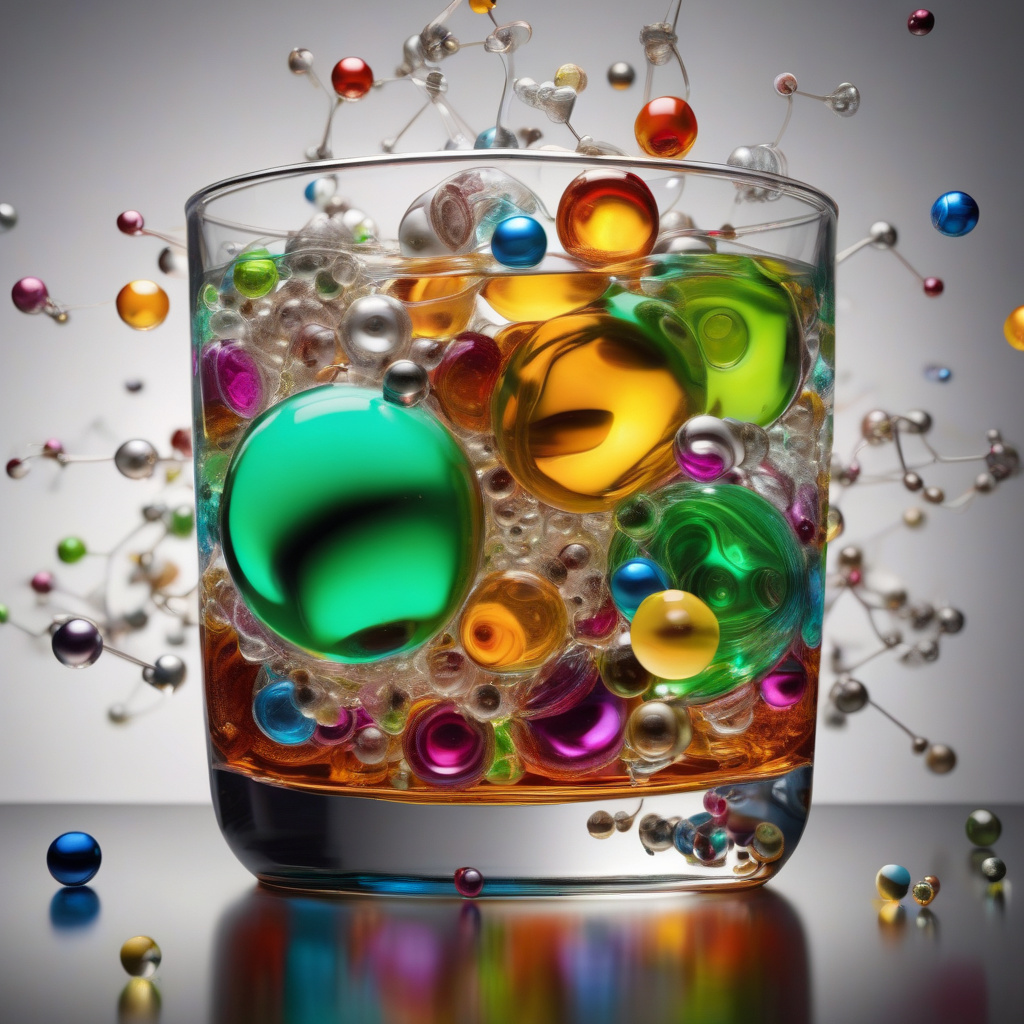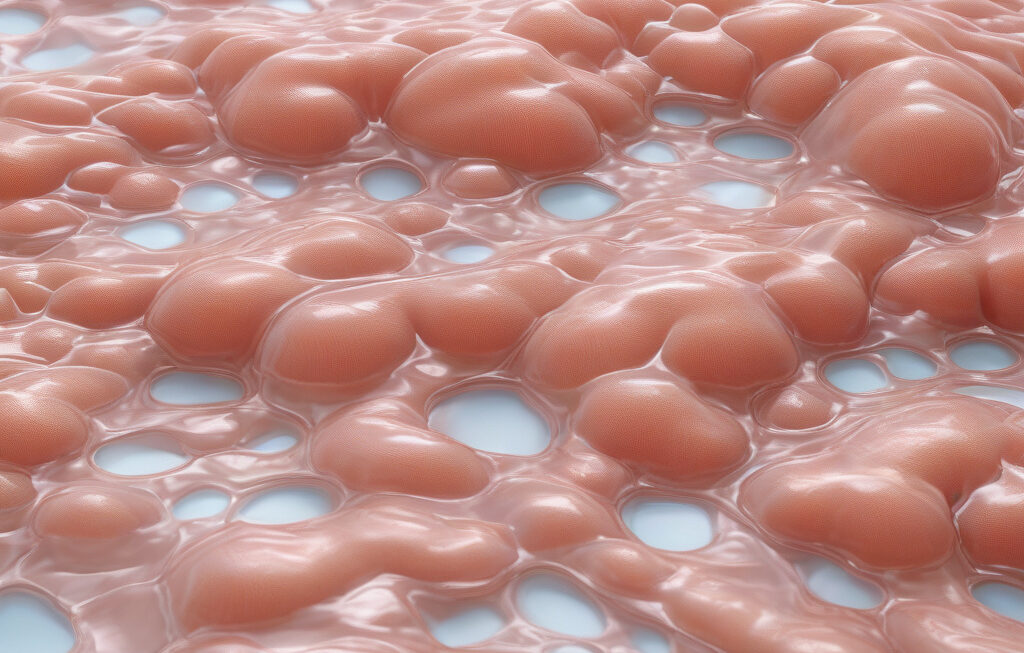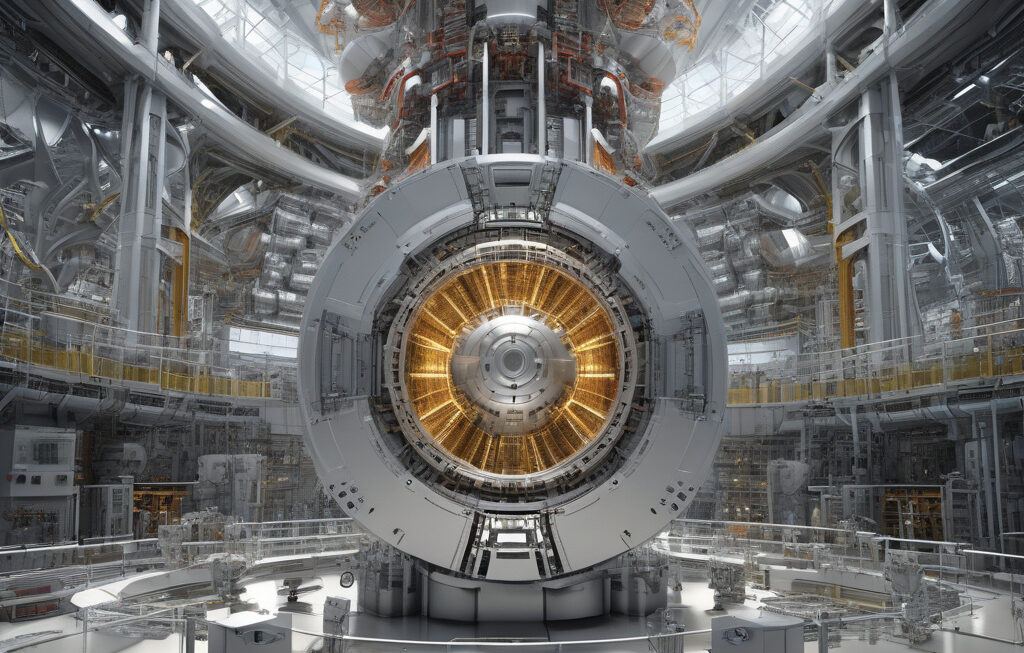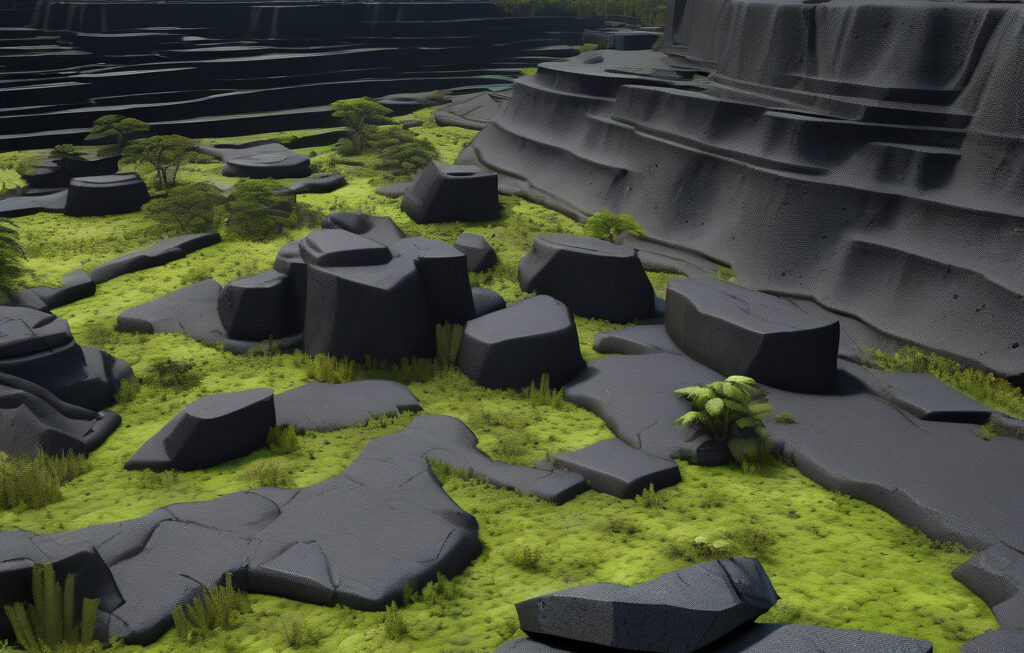Drunk Atoms? Scientists Capture First-Ever Footage of Dancing Atoms in Alcohol Reaction
In a landmark study led by Northwestern University, scientists have achieved a long-standing goal in the realm of chemistry by capturing the first-ever footage of atoms “dancing” during a chemical reaction involving alcohol. This groundbreaking research provides a fascinating glimpse into the microscopic world of atoms and sheds light on the intricate processes that govern chemical transformations.
The study, published in the journal Science, utilized advanced imaging techniques to observe individual atoms of ruthenium metal as they catalyzed a reaction between alcohol and water. By employing a high-resolution transmission electron microscope, the research team was able to track the movements of the atoms in real-time, revealing a mesmerizing display of atomic rearrangements.
What makes this achievement truly remarkable is the dynamic nature of the atoms’ behavior. Rather than simply bonding and breaking apart in a static fashion, the ruthenium atoms were observed to exhibit a form of “dance” as they facilitated the conversion of alcohol into aldehyde. This intricate choreography of atomic movements highlights the complex and highly coordinated nature of chemical reactions at the atomic level.
Dr. Monica Picher, the lead author of the study, described the experience of witnessing the atoms in action as both exhilarating and enlightening. She emphasized the significance of being able to directly observe the atomic processes that underpin chemical reactions, noting that such insights could pave the way for the development of more efficient catalysts and novel chemical technologies.
The implications of this research extend far beyond the realm of fundamental chemistry. By unraveling the mysteries of atomic behavior during reactions, scientists gain valuable knowledge that can be applied to various fields, including catalysis, materials science, and drug development. The ability to precisely control and manipulate atomic movements opens up new possibilities for designing custom-tailored molecules and optimizing chemical processes.
Furthermore, the visualization of dancing atoms in action serves as a powerful reminder of the sheer complexity and beauty of the natural world at its most fundamental level. It underscores the intricate interplay of forces and interactions that drive the behavior of matter, showcasing the elegance of molecular choreography that unfolds on a scale invisible to the naked eye.
As we marvel at the spectacle of drunk atoms engaging in their molecular ballet, it becomes clear that there is still much to learn and discover in the realm of atomic-scale chemistry. The quest to unravel the secrets of the microscopic world remains an ongoing endeavor, with each new revelation bringing us closer to unlocking the full potential of molecular transformations.
In conclusion, the groundbreaking work conducted by the scientists at Northwestern University represents a significant leap forward in our understanding of atomic behavior during chemical reactions. By capturing the first-ever footage of dancing atoms in an alcohol reaction, this study not only pushes the boundaries of scientific knowledge but also inspires awe and wonder at the intricate dance of the building blocks of matter.
chemistry, atoms, molecular transformations, scientific research, atomic behavior












